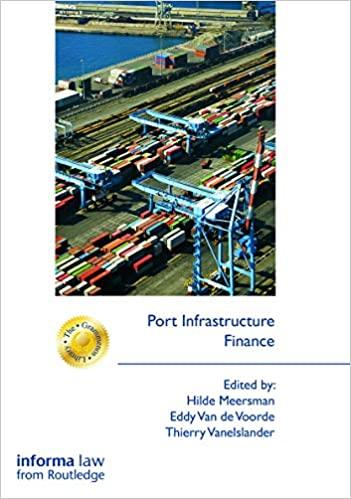Answered step by step
Verified Expert Solution
Question
1 Approved Answer
1. In Japan, 90-day securities have a 4% annualized return and 180-day securities have a 5% annualized return. In the United States, 90-day securities have
1. In Japan, 90-day securities have a 4% annualized return and 180-day securities have a 5% annualized return. In the United States, 90-day securities have a 4% annualized return and 180-day securities have an annualized return of 4.5%. All securities are of equal risk, and Japanese securities are denominated in terms of the Japanese yen. Assuming that interest rate parity holds in all markets, which of the following statements is most CORRECT? a. The yen-dollar spot exchange rate equals the yen-dollar exchange rate in the 90-day forward market. b. The yen-dollar spot exchange rate equals the yen-dollar exchange rate in the 180-day forward market. c. The yen-dollar exchange rate in the 90-day forward market equals the yen-dollar exchange rate in the 180-day forward market. d. The spot rate equals the 90-day forward rate. e. The spot rate equals the 180-day forward rate. 2. If the spot rate of the Israeli shekel is 5.51 shekels per dollar and the 180-day forward rate is 5.97 shekels per dollar, then the forward rate for the Israeli shekel is selling at a ________________ to the spot rate. a. premium of 8% b. premium of 18% c. discount of 18% d. discount of 8% e. premium of 16% 3. Stover Corporation, a U.S. based importer, makes a purchase of crystal glassware from a firm in Switzerland for 39,960 Swiss francs, or $24,000, at the spot rate of 1.665 francs per dollar. The terms of the purchase are net 90 days, and the U.S. firm wants to cover this trade payable with a forward market hedge to eliminate its exchange rate risk. Suppose the firm completes a forward hedge at the 90-day forward rate of 1.682 francs. If the spot rate in 90 days is actually 1.638 francs, how much will the U.S. firm have saved or lost in U.S. dollars by hedging its exchange rate exposure? a. -$396 b. -$243 c. $0 d. $243 e. $638 4. A product sells for $750 in the United States. The exchange rate is $1 to 1.65 Swiss francs. If purchasing power parity (PPP) holds, what is the price of the product in Switzerland? a. 123.75 Swiss francs b. 454.55 Swiss francs c. 750.00 Swiss francs d. 1,237.50 Swiss francs e. 1,650.00 Swiss francs 5. Chen Transport, a U.S. based company, is considering expanding its operations into a foreign country. The required investment at Time = 0 is $10 million. The firm forecasts total cash inflows of $4 million per year for 2 years, $6 million for the next 2 years, and then a possible terminal value of $8 million. In addition, due to political risk factors, Chen believes that there is a 50% chance that the gross terminal value will be only $2 million and a 50% chance that it will be $8 million. However, the government of the host country will block 20% of all cash flows. Thus, cash flows that can be repatriated are 80% of those projected. Chen's cost of capital is 15%, but it adds one percentage point to all foreign projects to account for exchange rate risk. Under these conditions, what is the project
Step by Step Solution
There are 3 Steps involved in it
Step: 1

Get Instant Access to Expert-Tailored Solutions
See step-by-step solutions with expert insights and AI powered tools for academic success
Step: 2

Step: 3

Ace Your Homework with AI
Get the answers you need in no time with our AI-driven, step-by-step assistance
Get Started


